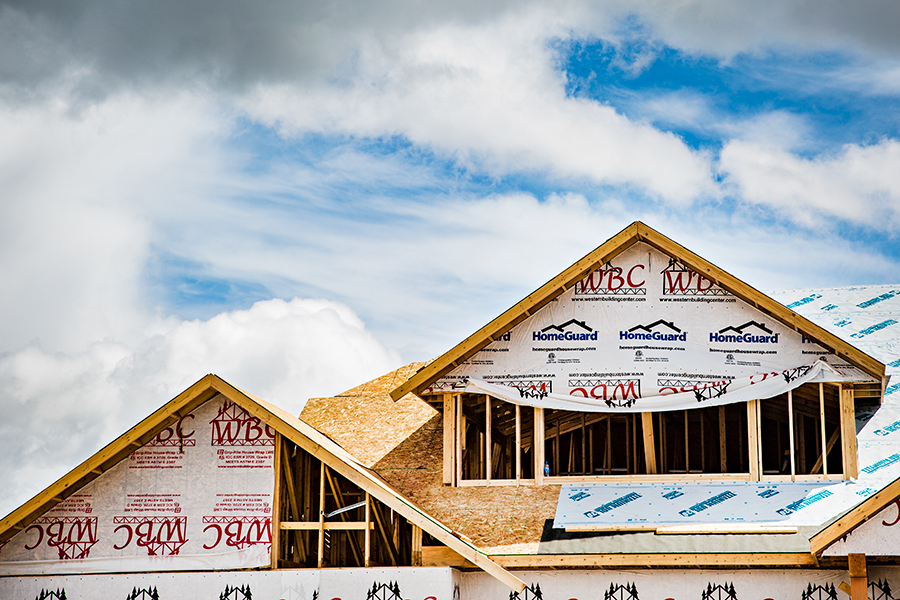Construction and Real Estate Dominate Flathead’s Growth
Montana Department of Labor and Industry economists say Flathead home values have increased 90% from 2020 to 2022 and housing affordability continues to impact the labor force as baby boomers retire
By Maggie Dresser
When the pandemic triggered a nationwide migration two years ago and brought an influx of residents to Montana, Flathead County’s population grew by 3.5%, more than any other county in the state, adding 3,700 residents between 2020 and 2021, according to the Montana Department of Labor and Industry (DLI) 2022 Labor Day Report.
The population growth has led to a high demand in housing, resulting in rising housing costs, and home prices increased 90% from August 2020 to August 2022 in Flathead County compared to 44% statewide, impacting housing affordability, DLI Public Information Officer Jessica Nelson said in an email to the Beacon.
But as home prices rise, economists say wages are not keeping up with the growth, and private sector hourly earnings only increased by 8.5%, which is inhibiting the worker supply as baby boomers continue to enter retirement.
“Housing costs are rising faster than incomes, which strain household budgets and can affect workers’ abilities to live near their job,” Nelson said.
Additionally, Montana’s home values are higher than the nationwide average while the average wages in Montana are lower compared to the rest of the country, making it difficult for workers to buy homes.
While wages have seen significant growth amid a nationwide workforce shortage, Montana’s in-migration has added to the labor market. Although the labor force has grown at a slower pace than the population growth, economists say baby boomer retirements is the main driver of the workforce shortage.
Out of a statewide population of more than one million, only 63.5% of that population is employed or available to work, the report says.
According to a population survey, more than 200,000 Montanans are currently retired, and economists speculate that the pandemic triggered early retirements. But data also suggests that a greater share of people over 65 are continuing to stay in the labor force compared to 20 years ago, which economists attribute to employers offering more flexible schedules.
“The baby boomer population reaching retirement age and leaving the workforce is the main cause for slow labor force growth across Montana and the U.S.,” Nelson said.
Despite a workforce shortage, Montana’s business economy continues to grow with construction and real estate dominating Flathead County’s growth from 2019 to 2021, reflecting a demand in housing and lending services as demand outpaces supply. Hotel and restaurant industries and healthcare also added more jobs compared to the last several years.
As Montana experienced significant economic growth in 2021, many new businesses were also added to the state with 27% of workers being self-employed, which has also resulted in the creation of new jobs. The state added a record 4,697 new business establishments in 2021, besting 2020’s record by 1,200. New businesses were primarily in the professional and business service sector, which likely reflects an influx of teleworkers, the report says.
Economists predict the workforce shortage will continue to challenge growth in Montana and data suggests that there are very few workers available that are not already attached to an employer. Business owners are adapting to the limited worker supply and are investing in better training and labor-saving technology and productivity continues to increase.